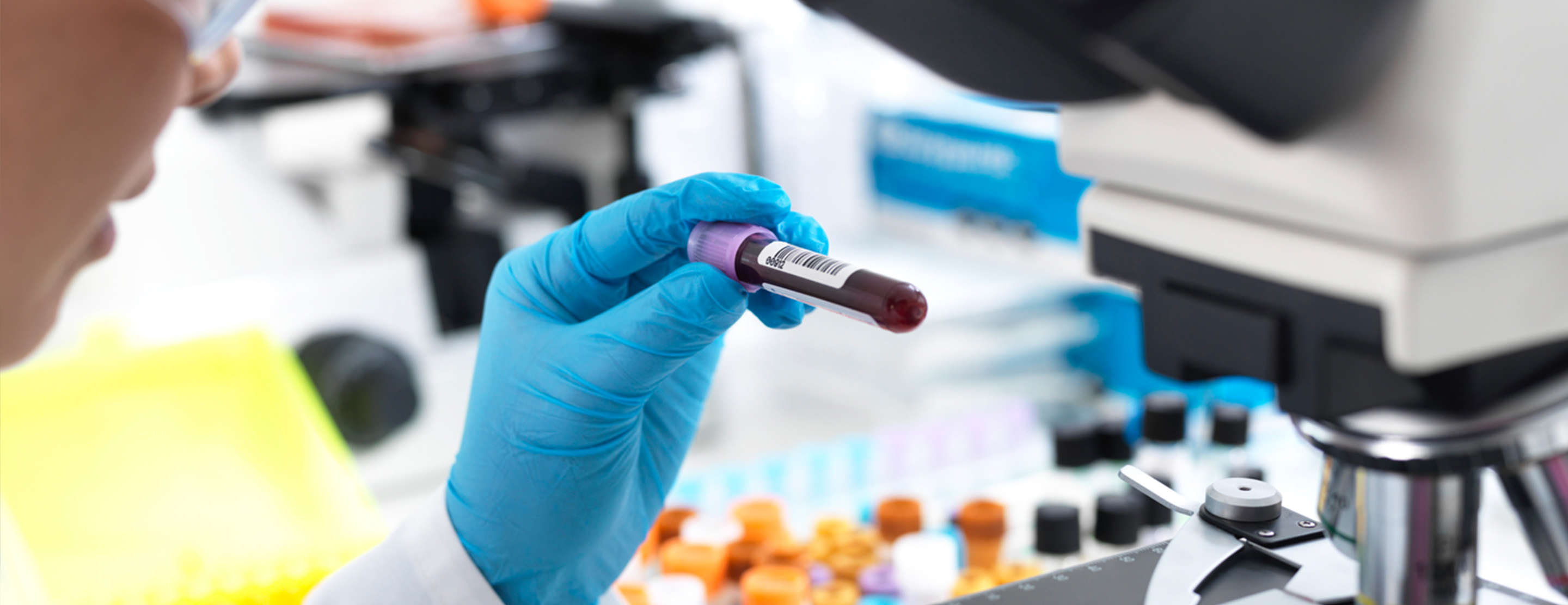
ACE blood test
Definition
The ACE test measures the level of angiotensin-converting
Alternative Names
Serum angiotensin-converting enzyme; SACE
How the Test is Performed
A
How to Prepare for the Test
Follow your health care provider's instructions for not eating or drinking for up to 12 hours before the test. If you are on steroid medicine, ask your provider if you need to stop the medicine before the test, because steroids can decrease ACE levels. DO NOT stop any medicine before talking to your provider.
How the Test will Feel
When the needle is inserted to draw blood, some people feel moderate pain. Others feel only a prick or stinging. Afterward, there may be some throbbing or slight bruising. This soon goes away.
Why the Test is Performed
This test may be commonly ordered to help diagnose and monitor a disorder called
This test also helps confirm
Normal Results
Normal values vary based on your age and the test method used. Adults have an ACE level less than 40 micrograms/L.
Normal value ranges may vary slightly among different laboratories. Some labs use different measurements or test different samples. Talk to your doctor about the meaning of your specific test results.
What Abnormal Results Mean
Higher than normal ACE level may be a sign of sarcoidosis. ACE levels may rise or fall as sarcoidosis worsens or improves.
A higher than normal ACE level may also be seen in several other diseases and disorders, including:
- Cancer of the lymph tissue (
Hodgkin disease ) Diabetes mellitus- Liver swelling and inflammation (
hepatitis ) due to alcohol use - Lung disease such as
asthma , cancer,chronic obstructive pulmonary disease , ortuberculosis - Kidney disorder called
nephrotic syndrome - Multiple sclerosis
- Adrenal glands do not make enough hormones (
Addison disease ) - Stomach ulcer
- Overactive thyroid (
hyperthyroidism ) - Overactive parathyroid glands (
hyperparathyroidism )
Lower than normal ACE level may indicate:
- Chronic liver disease
- Chronic kidney failure
- Eating disorder called
anorexia nervosa - Steroid therapy (usually prednisone)
- Therapy for sarcoidosis
- Underactive thyroid (
hypothyroidism )
Risks
There is little risk involved with having your blood taken. Veins and arteries vary in size from one person to another and from one side of the body to the other. Taking blood from some people may be more difficult than from others.
Other risks associated with having blood drawn are slight, but may include:
- Fainting or feeling lightheaded
- Multiple punctures to locate veins
- Hematoma (blood buildup under the skin)
- Excessive bleeding
- Infection (a slight risk any time the skin is broken)
References
Carty RP, Pincus MR, Sarafraz-Yazdi E. Clinical enzymology. In: McPherson RA, Pincus MR, eds. Henry's Clinical Diagnosis and Management by Laboratory Methods. 23rd ed. St Louis, MO: Elsevier; 2017:chap 20.
Chernecky CC, Berger BJ. Angiotensin-converting enzyme (ACE) - blood. In: Chernecky CC, Berger BJ, eds. Laboratory Tests and Diagnostic Procedures. 6th ed. St Louis, MO: Elsevier Saunders; 2013:138-139.
Review Date: 11/20/2017
The information provided herein should not be used during any medical emergency or for the diagnosis or treatment of any medical condition. A licensed physician should be consulted for diagnosis and treatment of any and all medical conditions. Call 911 for all medical emergencies. Links to other sites are provided for information only -- they do not constitute endorsements of those other sites. Copyright ©2019 A.D.A.M., Inc., as modified by University of California San Francisco. Any duplication or distribution of the information contained herein is strictly prohibited.
Information developed by A.D.A.M., Inc. regarding tests and test results may not directly correspond with information provided by UCSF Health. Please discuss with your doctor any questions or concerns you may have.





